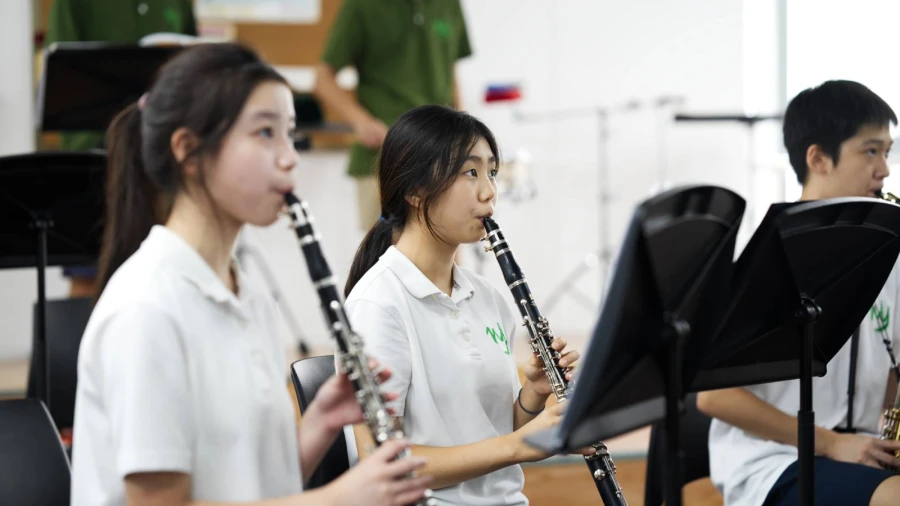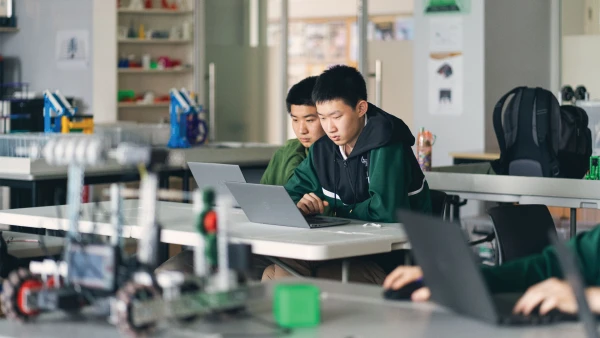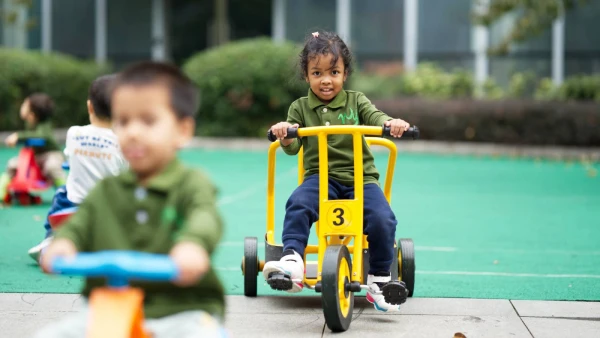Learning together

We provide an American curriculum and world-class education, treating character formation as essential as academic achievement.


Access Wuhan Yangtze International School

Visit the campus
Parents are welcome to schedule an appointment to visit the campus. Our hours are 8:00–16:30 Monday–Thursday, and 9:00–16:00 on Fridays, when school is in session. Please phone ahead or make an appointment with our admissions staff.

Sign in to PowerSchool
Log into our dedicated PowerSchool portal for easy access to student grades, assignments, scores, attendance, schedules and school announcements.
A special encounter
Book a personalized tour of Wuhan Yangtze International School and experience this life-changing community for yourself.
In this section

Early Childhood
Our Early Childhood Center provides concrete learning experiences in literacy, numeracy, creativity, and social and physical development.

Elementary
Our Elementary years give children the chance to explore the world with wonder, as they move, explore, create and learn together.

Secondary
Our secondary program engages students with a rigorous curriculum that inspires within them a love of lifelong learning.
Recognized for excellence

Wuhan Yangtze International School is accredited by Cognia, the largest education improvement organization in the world—demonstrating our commitment to learners, teachers, leaders and communities.
As a LifePlus international school, we inspire our students to go and make a life-changing difference for the common good.
Being Cognia-accredited, the incredibly high standards of our work are recognized globally, and our performance continually evaluated—raising us higher, taking our students further.

Grow academically and beyond
Ready to receive the highest quality education in a warm, caring and encouraging community?